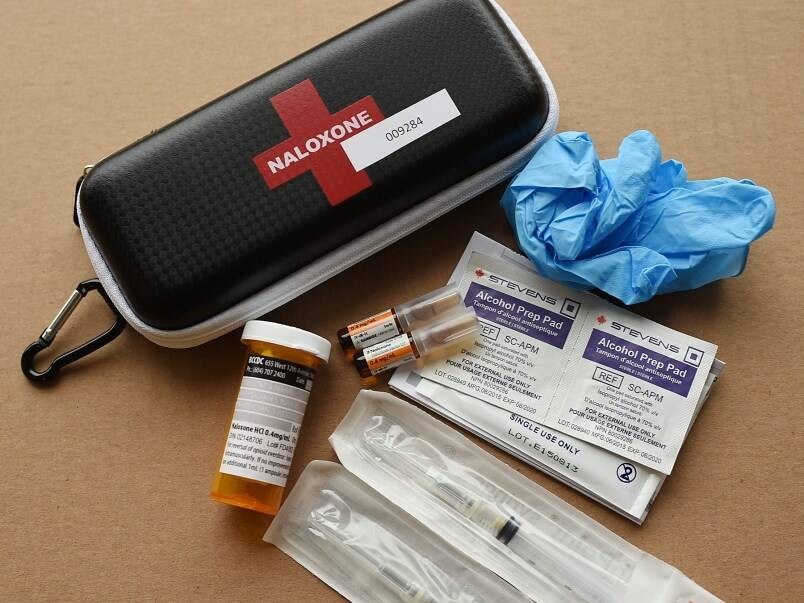A near-record 21 people died in North Vancouver from consuming toxic drugs in 2023, BC Coroners Service data show, part of an overall record of 2,511 in the province last year.
An average of 20.25 people have died from unregulated drugs in North Vancouver each year since 2020, provincial data released on Wednesday shows. Only 2020 had more drug-related deaths with 22.
The coroner’s stats do not break out how many deaths happened in West Vancouver and they do not specify whether they include First Nations reserve lands, but “other township” deaths, outside of B.C.’s larger cities and towns, account for 26 per cent of the provincial total.
The takeaway should be that deaths are happening needlessly in every community, regardless of people’s perceptions that it is a Downtown Eastside problem, said District of North Vancouver Coun. Jim Hanson, who chairs the North Shore standing committee on substance use.
“Everybody gets their share,” he said.
At the Jan. 8 council meeting, Hanson brought a motion seeking municipal support for an opioid crisis education awareness campaign specific to the North Shore.
Hanson emphasized that the majority who have died did so in a residence. Only 15 per cent of those killed by toxic drugs were homeless. Almost half – 40 per cent – were not known by their loved ones to be drug users, he said, referencing data provided to the standing committee.
“Put simply these are our children. These are our siblings. Each of these deaths is somebody’s friend. Many of these deaths are somebody’s parent,” he said. “These numbers of overdose deaths are absolutely staggering. If 30 persons across the North Shore were dying needlessly in this way for any other cause, I assure the response would have been stark.”
Hanson’s motion directing staff to investigate a potential awareness campaign on the North Shore passed, albeit with some quibbling from fellow council members on whether municipalities should be taking on advertising for public health matters, which are provincial jurisdiction.
Some, including Mayor Mike Little, also questioned whether more awareness was what was needed when there should be other strategies put to work.
“What I’d rather see is more rehab services to help people get off of drugs,” he said, adding that the federal government should be funding dedicated policing in the ports. “I think that that is the gateway through which the toxic drug supply is coming and we haven’t done anything to address that issue.”
The standing committee on substance use, however, has been advocating for more than an awareness campaign, Hanson said in an interview. They have also called for unrestricted access to a safe supply of drugs associated with overdose deaths – a similar position taken by Moms Stop the Harm, an advocacy group made up of family members of overdose victims.
“We can’t prescribe our way out of these deaths. We can’t treat our way out of these deaths. We can’t prohibit our way out of these deaths. If we’re really talking about bringing the deaths to an end, we need to have non-prescribed safe supply,” he said.



